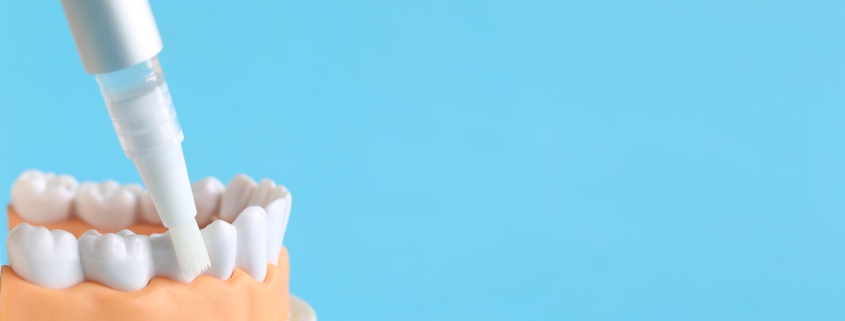Challenges in gel artificial teeth
Gel artificial teeth represent an emerging frontier in dental technology, offering a potential alternative to traditional dental prosthetics like dentures, implants, and bridges. While still in the experimental and development stages, the concept of gel-based artificial teeth aims to combine the benefits of soft and adaptable materials with the strength needed to perform daily functions like chewing and speaking. In this article, we will explore what gel artificial teeth are, their potential benefits, how they might work, and the future of this innovative dental solution.
Despite their promise, gel artificial teeth face several challenges before becoming a widely available solution. Some of the main hurdles include:
1. Material Strength
While gels offer flexibility, developing a material that can withstand the rigorous demands of daily chewing and biting remains a challenge. Researchers need to ensure that these materials can mimic the hardness of enamel while still providing the comfort benefits of gel.
2. Durability
Traditional dental prosthetics, such as dentures and implants, can last for many years if properly maintained. Gel materials would need to prove their long-term durability and resistance to wear and tear, as well as their ability to maintain their shape and function over time.
3. Cost and Accessibility
Like any new technology, gel artificial teeth may be expensive initially due to the cost of research, development, and manufacturing. As with dental implants, the price of these prosthetics could be higher than traditional options until production becomes more widespread.
4. Integration with Current Dental Systems
Gel artificial teeth would need to be compatible with existing dental procedures and technologies. Dentists and oral surgeons would need to be trained in how to fit and maintain gel-based teeth, and new equipment may be required to work with these materials.
Future of Gel Artificial Teeth
The future of gel artificial teeth is tied closely to ongoing advancements in materials science, biomimetics, and regenerative medicine. If successful, gel artificial teeth could significantly improve the quality of life for individuals who need dental prosthetics by offering a more comfortable, adaptable, and biocompatible solution.
Here are some possible future developments:
Smart Materials:
Gels that change properties in response to temperature or pressure, hardening during chewing and softening for comfort when at rest.
Self-Healing Gels:
Materials that can repair themselves after minor damage, reducing the need for frequent replacements or repairs.
Bioactive Gels:
Gels that encourage the growth of natural tooth enamel or jawbone, potentially reducing the need for full prosthetics over time.
Gel artificial teeth represent a cutting-edge innovation in dental prosthetics, offering the potential for improved comfort, adaptability, and biocompatibility compared to traditional options. While there are still challenges to overcome, including material strength and durability, this technology could revolutionize how dental restorations are performed. As research advances, gel artificial teeth may one day provide a highly effective and more comfortable alternative for individuals needing dental prosthetics.

